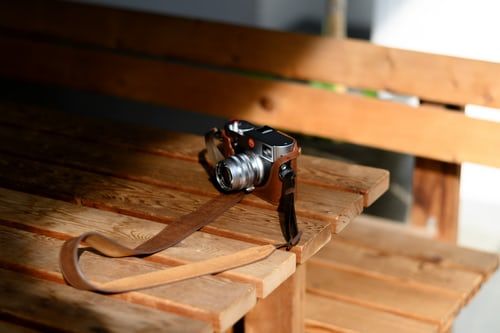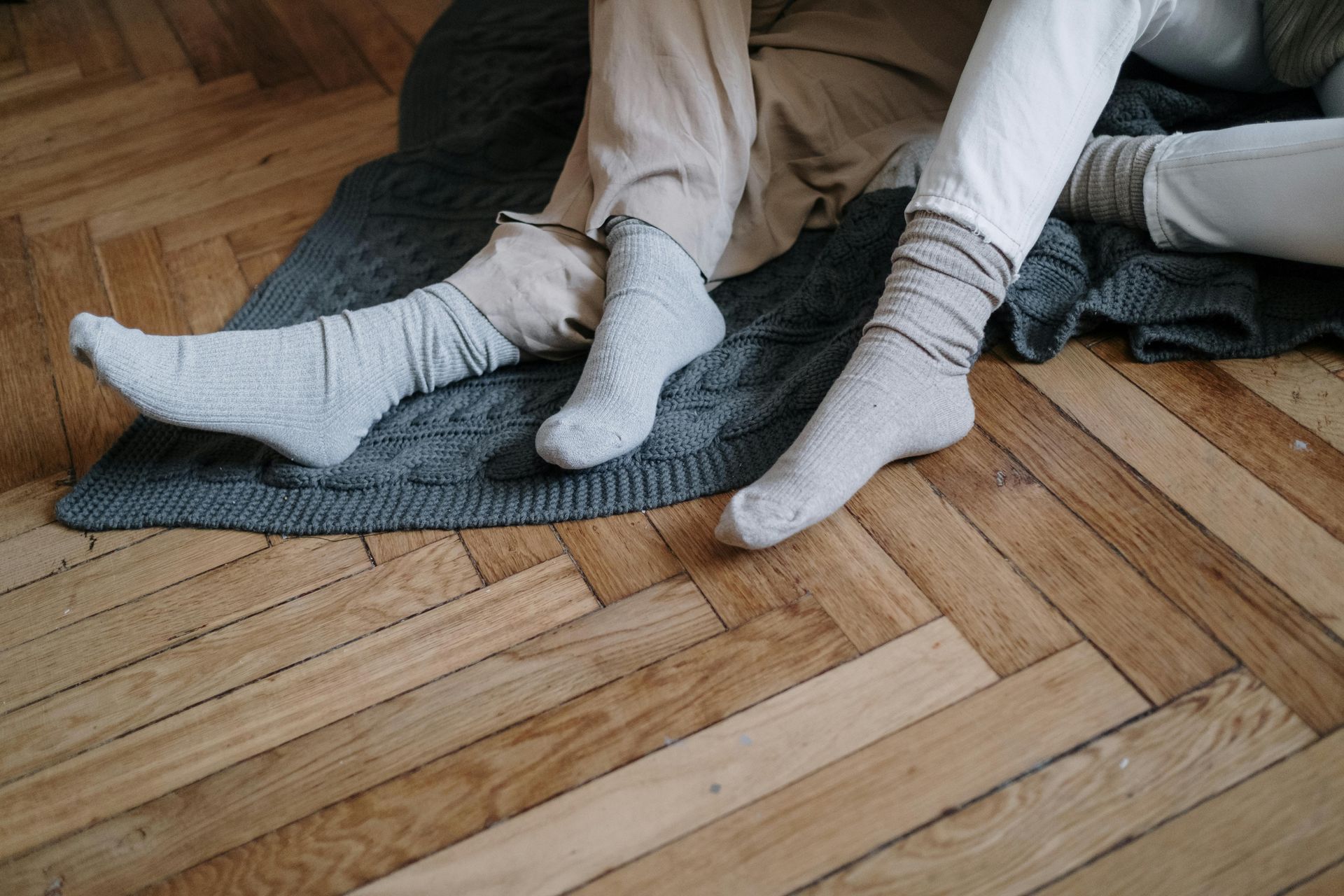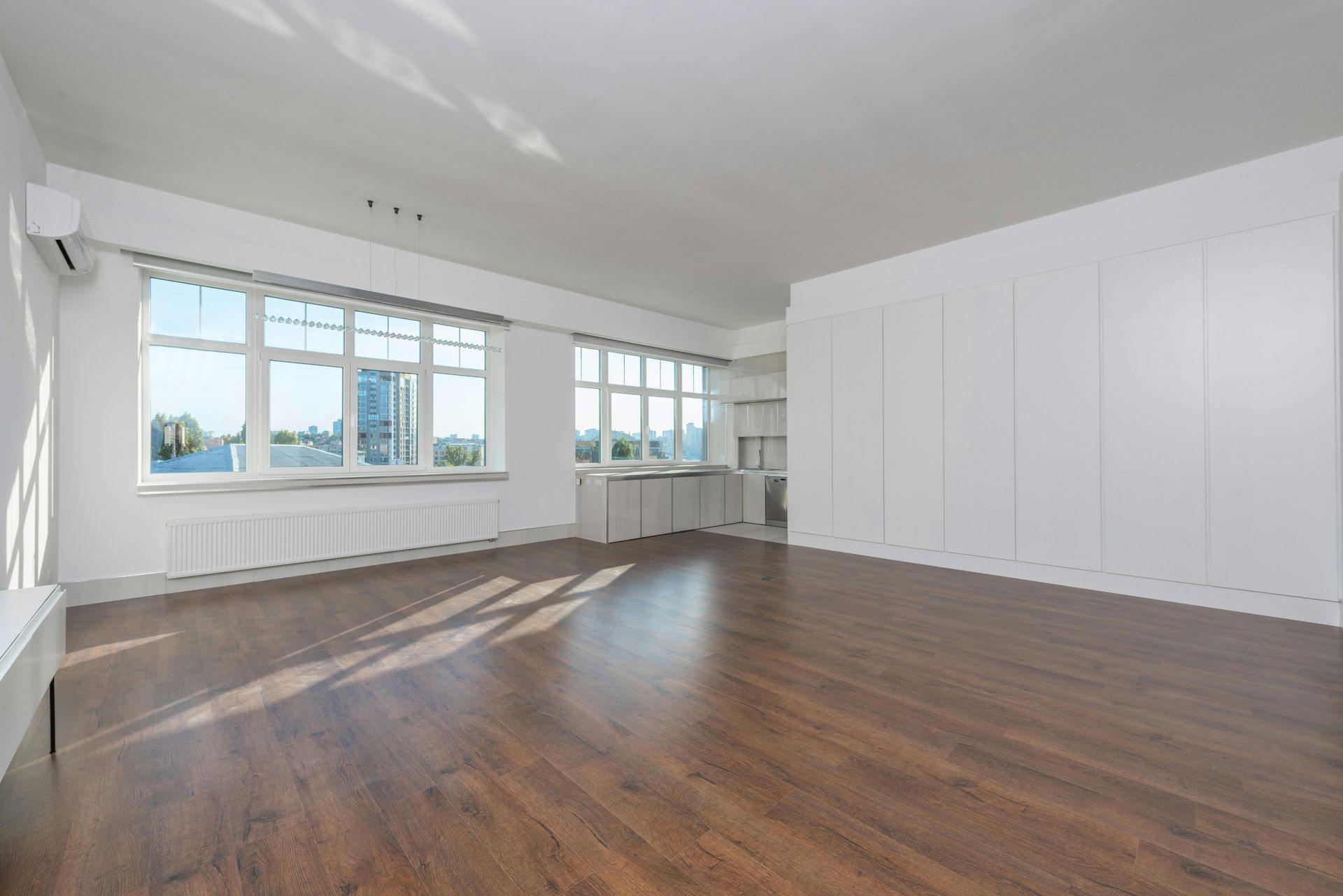Four Floor Finishes
amrit.p • March 17, 2021
There are four flooring finishes you can choose from: Matte, Satin, Semi-Gloss and High-Gloss

There are four finishes for flooring that give the appearance of a different luster or sheen on the finished wood: matte, satin, semi-gloss, and high-gloss finishes are available.
A glossmeter
measures the amount of reflected light from a light beamed at a given angle onto the floor. Thus, giving us our scale with matte on one end being the least glossy and reflective and high gloss on the other end being the shiniest and most reflective of all the finishes available. It is much like photography with the sheen of finishes.
What are the differences between the finishes?
The most basic difference between each finish is the way light reflects off of it. All of the finishes are very durable and withstand abuse. The matte level of sheen is the end of the low gloss finish, where you are less likely to see scratches, scuffs, or dirt on your hardwood floors because light reflects half a finish, and this is the lower reflection of light.
Matte:
Matte polyurethane has an extremely low luster/sheen level. Finishing floors in matte is a newer flooring trend. This flooring trend has some people concerned because it is very dull looking. Like a photograph with a matte finish, there is almost no shininess to the finish, described as bland and dull. The other end of the spectrum is a high gloss finish; just like a glossy photograph, it will show fingerprints.
Satin:
Satin finishes have a medium to low sheen/luster and hide dirt and scratches better than a gloss or high-gloss polyurethane finish. Matte hides the most. The satin finish is the middle ground of the sheen levels; it's almost the best of both worlds. The satin finish is popular today because it is easy to live with and maintain and does not appear dull or bland.
Semi-gloss:
Semi-gloss is the next option on the sheen/luster scale. This is usually as far as most people prefer to go when finishing the hardwood flooring in their homes for shininess. This makes the flooring look clear and beautiful, but it requires less maintenance and upkeep than a high-gloss finish. The semi-gloss finish is a bit shinier in oil-based polyurethane, than a water based polyurethane. Semi-gloss polyurethane is transparent, glossy, and not recommended for a household with pets or small children because you will notice scratches, dents, and all imperfections, even dirt on the floor will show up. Nothing is invisible on a semi-gloss floor; it reveals it all.
High-gloss:
The high-gloss has the highest luster of all of the finishes and is not often used for high-traffic hardwood floors. A high-gloss finish would drive you crazy if you thought about having it in your dining room with small pets and small children. Usually, we only see this installed on a beautiful exotic hardwood floor or a wooden floor border.
Floors for Less is excellent at hardwood floor refinishing. Call us
today for an estimate.







